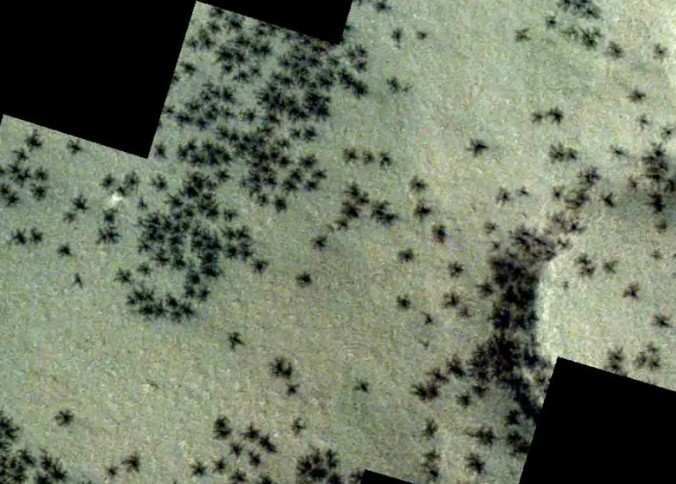Researchers in China have developed an AI-powered robot to produce oxygen on Mars. A group of scientists from Hefei University of Science and Technology, ChinaAt the helm Jun JiangHe also created a robot chemist Artificial intelligence It is capable of extracting oxygen from water on Mars, using only resources from the Red Planet. Their findings are published in the journal Nature collection.
He AI chemical robot It uses a machine learning model to identify the catalyst that creates the chemical reaction that produces oxygen in Martian conditions, which can reach -37 degrees Celsius.
To find this catalyst, the system analyzed five meteorites with compositions similar to the Martian surface, identifying elements such as iron, nickel, calcium, magnesium, aluminum and manganese. The machine tested more than 3.7 million compounds. The breakthrough is a significant milestone in space exploration because it will reduce dependence on transporting oxygen from Earth, he said. Use it today.
Research provided the means to create Breathable air on Mars, The atmosphere contains a small amount of oxygen and a large amount of water, mostly in the form of ice.
The program is parallel to other initiatives such as testing Moxie of PotIt has already been demonstrated on the rover to produce oxygen from the carbon dioxide-rich air of Mars. Persistence. These discoveries are critical to supporting future humans for the Red Planet and establishing a sustainable human presence on it.
NASA Part of it is trying to make use of space-targeted objects Human space explorationand has resumed lunar missions with its program Artemis. It plans to send astronauts to the Moon by 2025, fueling future missions to Mars. Experiments like AI chemical robot And he highlighted that MOXIE could be a valuable tool for extraterrestrial survival and exploration. syfy.
NASA has dedicated its mission to send humans to Mars as part of its space exploration. This effort is due to several reasons, mainly the search for signs of past or present life, since Mars has similar conditions to Earth with liquid water on its surface. Studying its geological and climatic history can reveal important data about the evolution of the planets and the Solar System.
Mars is also a testing ground for technological advances that could benefit life on our planet. Additionally, a human presence on Martian soil could serve as a base for deep space exploration, stimulate the economy, and inspire future generations to pursue careers in science and technology.

:quality(85)/cloudfront-us-east-1.images.arcpublishing.com/infobae/N66ADO7VAFBZXEPJWHIB6XSY34.png)
:quality(85)/cloudfront-us-east-1.images.arcpublishing.com/infobae/MNC54VXNEZFZRNQPRR5NB7S774.jpg)

:quality(85)/cloudfront-us-east-1.images.arcpublishing.com/infobae/SMPW7M5BQFERBOQUPJXKCOKARY.jpg)
:quality(85)/cloudfront-us-east-1.images.arcpublishing.com/infobae/NP5NEZXMZFGNLBHNEQJHPJVMKM.jpg)